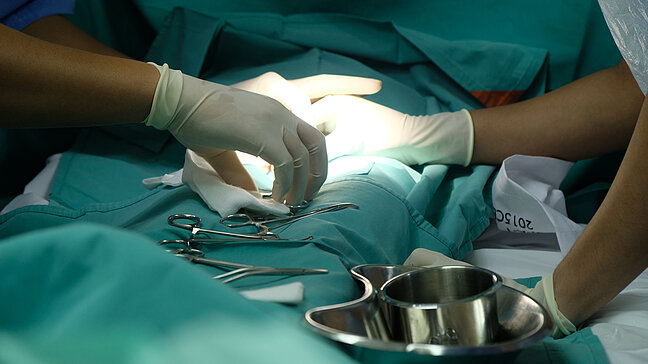
Hypospadias
Causes of hypospadias
The exact causes of hypospadias are not fully understood, but it is believed that genetic and hormonal factors play a role. Possible causes include:
- Genetic predisposition: Hypospadias is more common in some families.
- Hormonal disturbances during pregnancy that affect the development of the sexual organs.
- Environmental factors, such as the mother's exposure to certain chemicals during pregnancy, may also play a role.
Symptoms of hypospadias
- The urethra opens at an abnormal location on the penis, often further down the shaft
- Abnormal curvature of the penis (chordee)
- Difficulty aiming the urinary stream when urinating
- Increased foreskin on the top side of the penis and missing on the underside
Diagnosis of hypospadias
Hypospadias is usually detected during a physical examination immediately after birth. In some cases, additional examinations such as an ultrasound may be performed to ensure that there are no other malformations of the urogenital tract.
Treatment options for hypospadias
- Surgical correction: In most cases, surgery is recommended to reposition the urethra correctly and correct any existing penile curvature. This surgery is usually performed in the first or second year of life.
- Postoperative care: After the surgery, careful follow-up care is required to avoid complications and ensure normal function.



